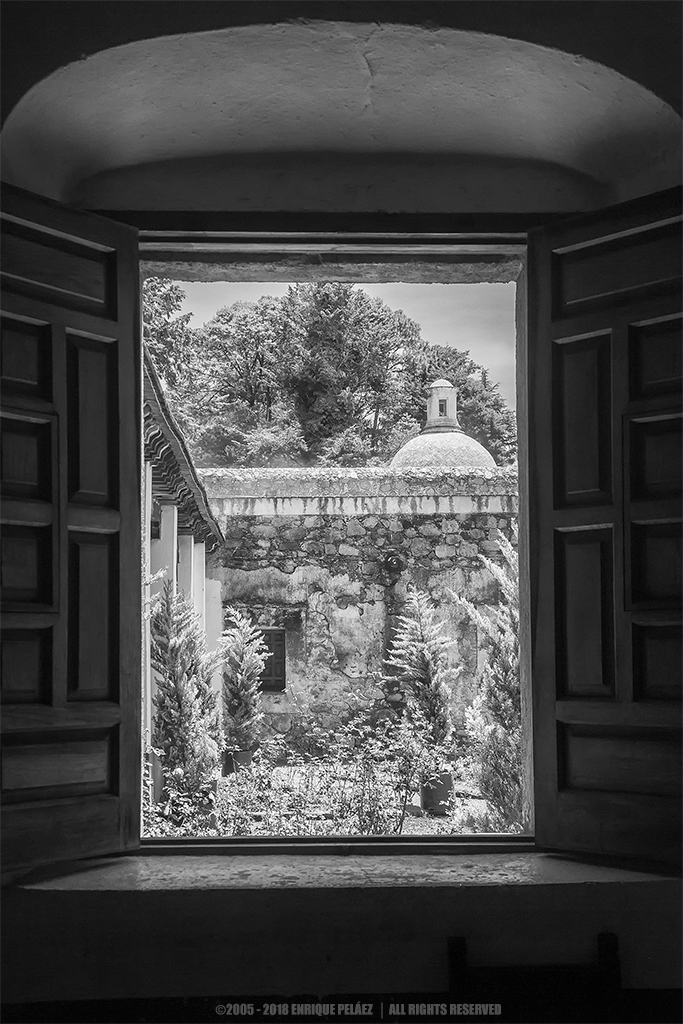This is the third post of a series of publications in which — from different angles and perspectives — I’m addressing the topic of composition.
This series includes posts and videos that can be located by using the tag “learning-composition” either in the search box above or by directly clicking on the tag name at the bottom of this post. Also, here is a link to the entire series so far.
In the first post (“Learning Composition”) of this series, I mentioned that composition is about certain generally accepted rules that should be seen as guidelines on how to use the elements of arts including lines, shapes, color, texture, tone, space, and depth.
In the second post (“Using lines in photography composition” I addressed some rules of composition regarding lines. In this post, I’ll cover the topic of shapes. Please note that in general the rules of composition don’t apply to a particular element of art, as a matter of fact, most rules of composition can be applied to any element of art, however, in the case of lines and shapes there are some particular rules or guidelines that will help you using these elements in a way that they support your artistic vision.
Let´s get started, the first aspect you should consider regarding shapes is that they can effectively enhance the composition of your photographs, helping you to convey particular moods. Different shapes have different impact, for example curved shapes tend to convey a more relaxed mood than triangles and in general diamond shapes tend to be more dynamic.
Of course, not all shapes are geometric ones, they can also be organic shapes, or abstract shapes. Let’s take a look to following three classification groups:
Geometric shapes are usually conformed by straight lines and many times are symmetrical shapes. Usually, these types of shapes are found in man-made objects such as cars, buildings, jewelry, etc. In general, rectangles symbolize strength and stability, timelessness and permanence, triangles and diamond shapes can be more dynamic, finally, ovals and circles convey a relaxed and comforting mood.

Take a look at figure 1, the rectangle shape of the window conveys a sense of timelessness, and stability which reinforces the message of what the viewer is watching through the windows, a colonial building build up hundred of years ago that has endured the pass of the time.

Now, take a look to figure 2 that in essence is also made of multiple rectangles, however the perspective from which the photograph was taken frame them into several greater implied triangles which make the image much more dynamic.
Organic shapes are generally found in nature. They usually are either soft, curved forms such as the multiple shapes found in flowers, or irregular, random forms like the one you can find in big desert rocks.

Consider the photograph in figure 3, the mainly curved, rounded, organic shapes of the lilies convey an almost sensual state of relaxation.
Abstract shapes at their most basic interpretation tend to merely identify the object, for instance in figure 4 we don’t need more information to understand that the silhouettes on the right of the image belong to actual people walking down the aisle. However, in figure 5 the shapes of the subject (a piece of ribbon on a black acrylic creating a reflection) may be able to hit the viewer in a more subconscious level. So, most surely the actual subject will not be recognized at the first glance.


Most fine art photographers will agree that this subconscious association is something interesting in terms of conveying a vision that perhaps is very different to the characteristics usually associated to the actual subject.
The next post I’ll discuss more about the most common rules of composition. So, keep in touch.
I do appreciate your comments and suggestions. If you are interested on prints of my photos, please visit my #FineArtAmerica Gallery here
Also, if you’re interested in receiving more information regarding the making of my images, as well as general information about fine art photography, please subscribe to my blog to receive automatic notifications every time I publish a new post.
